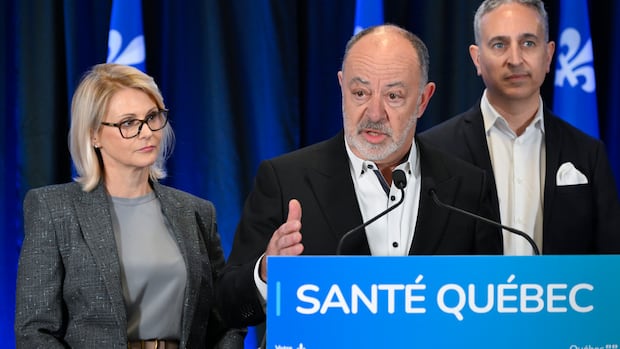
White Coat Black Art26:30$150 for 15 minutes, part 1
Audrey Leveillé’s four-month-old son, William, had been sick for about a week, running a fever on and off.
Worried, the mom of two wanted to rule out infection, but couldn’t face the prospect of an hours-long wait in a hospital emergency department, she said. So Leveillé took her baby to Clinique Santé Plus, a private family practice in Vaudreuil, Que., about 45 kilometres outside Montreal.
“There’s no infection today, which is great news. We just need to keep watching his symptoms over the next few days,” she told Dr. Brian Goldman, host of CBC Radio’s White Coat, Black Art in an interview at the clinic last month.
Leveillé paid around $200 — $150 for the appointment, plus a one-time $50-plus-tax fee for creating a new patient profile.
“With my daughter, I once waited 12 hours at Hopital Sainte-Justine,” she said in French. “So with a four-month-old, I’d prefer to pay to make sure that he’s OK.”
That’s a tradeoff a lot of Quebecers are making these days. More than 780 doctors left the public system there last year, compared with 14 in the rest of Canada combined. The exodus of doctors for the private sector in Quebec has increased 70 per cent in just four years, according to data from its Health Ministry.
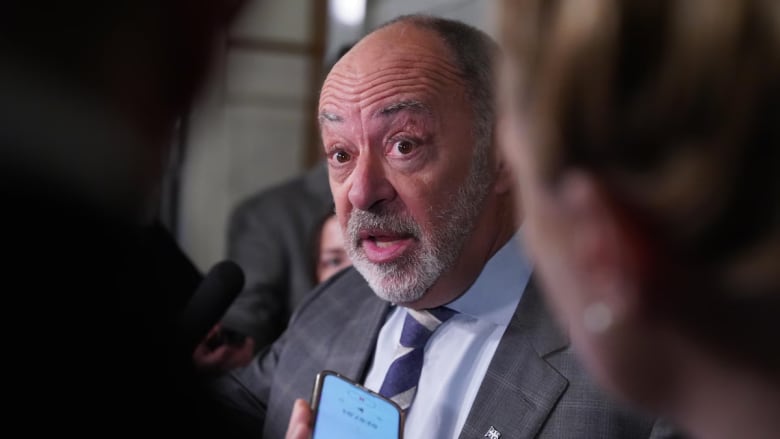
Patients who spoke to White Coat, Black Art describe a situation where even those who do have a family doctor may face a month-long wait for an appointment, making it a choice between getting out a credit card or waiting all day at the hospital for an acute problem like pneumonia or a urinary tract infection.
Critics say the situation in Quebec should act as a warning of what could happen elsewhere in Canada if incremental steps in the direction of privatization are allowed to add up to giant leaps.
Earlier this month, Quebec Health Minister Christian Dubé announced his government would table a bill that would force new family doctors and medical specialists trained in the province to devote the first few years of their careers to the public system.
Doctor who went private describes overloaded system
Dr. Martin Potter, who founded Clinique Santé Plus in 2022, has spent two decades teaching and practising in Quebec’s public system. He said he encountered a number of systemic challenges during that time.
“If you’re a family doctor and you want new patients, it’s not that a patient can just ring up and say, ‘Can you see me?'” Potter said. “You have to go through the government waiting list of what we call la clientele orpheline.”
Those lists have been shown to be outdated, and some doctors report they’ve received lists of prospective patients that include those who have already been matched with a doctor, and even some who have died.
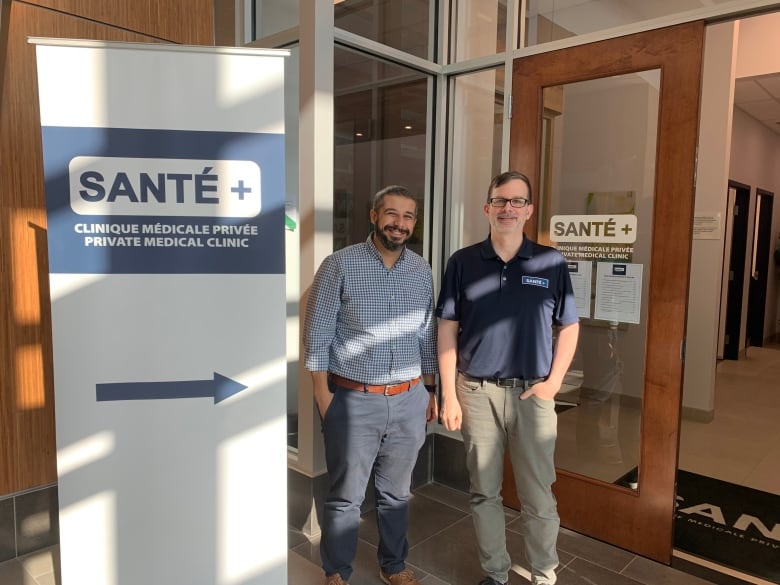
Additionally, Potter said, there’s pressure to take on a large patient caseload, making it difficult for patients to see their primary care provider in a timely manner.
At his private clinic, Potter can see whoever wants his help, including those who have a family doctor monitoring them over the long-term and those who do not.
‘A concerning trend’
Dr. Bernard Ho, vice-chair of Canadian Doctors for Medicare, says the situation in Quebec is “a concerning trend that we’re seeing not only in Quebec but across the country as well of private pay family medicine.”
Quebec has the most family doctors going private for a number of reasons, including rules that make it easier to go back and forth between public and private, said Ho, who is an emergency and family physician based in Toronto. “But I wouldn’t say that Quebec is an anomaly here.”
To varying degrees, “physicians in all provinces except for Ontario have the right to opt out of their publicly funded insurance program,” he said.
Ho said he believes patient safety will be compromised if private sector medicine continues to balloon in Quebec and elsewhere in the country. “There have been studies done in the U.S., U.K. and even here in Canada that show that when we outsource to the private sector, patient safety decreases, patient mortality increases,” he said.
In a comparison of for-profit versus non-profit U.S. hospitals published in the Canadian Medical Association Journal, for instance, one notable difference associated with patient risk of mortality was that pressure to return a profit often equalled employing fewer highly skilled staff members per patient.
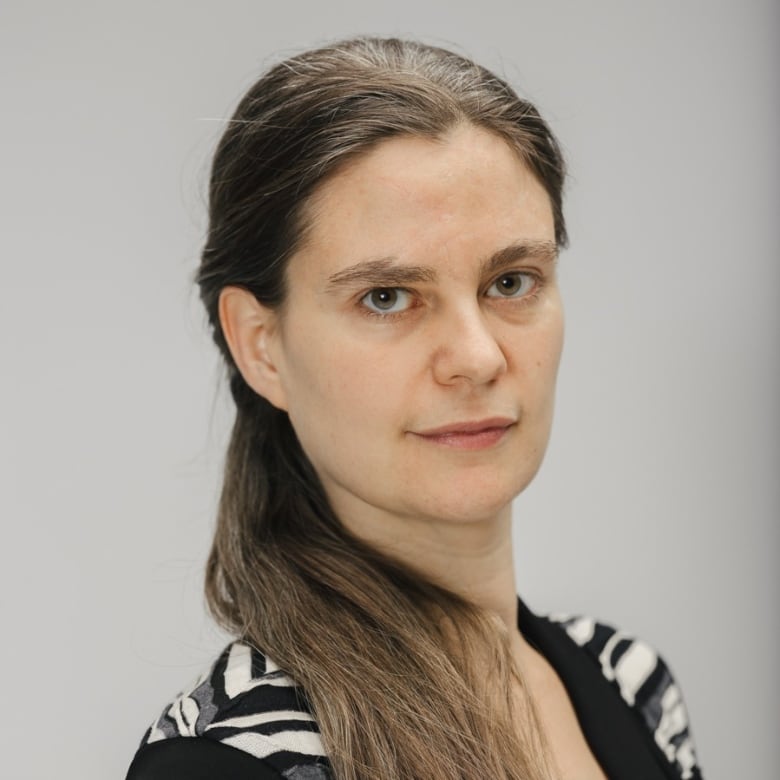
Dr. Isabelle Leblanc, president of Médecins québécois pour le régime public, a group of physicians who advocate for a strong public system in Quebec, disputes the argument that private doctors are taking pressure off the public system.
“It doesn’t help in any way … if the patients are seen in an outside clinic where they pay for it,” said Leblanc, noting that the private doctors are not new additions to the supply of physicians.
“If it’s a pizza, you cut it in half, there’s just the same amount of pizza. But part of it is private. Part of it is public.”
She said research from other countries shows that overdiagnosis and over-prescribing go hand-in-hand with private medicine.
For example, antibiotics do not work for colds or for ear infections or sore throat also stemming from viruses. “But because the patient is paying $150 to see you, they’re expecting a prescription. It’s a lot harder to say no because otherwise you lose a customer,” said Leblanc.
Life on the waitlist
Like many of her friends, 62-year-old Marlene Harper had the same family doctor for 30 years, but that person has retired. That left both Harper and her husband, Keith Ball, who has diabetes, without a family doctor.
Harper said she put herself on the province’s waitlist 2½ years ago and never heard back.
“We need to have our blood checked and we need to have our yearly checkup,” she said during a visit to Clinique Santé Plus in Vaudreuil. “So I went on the internet and I knew that we had to pay, but I had no choice…. If we want to stay healthy, we need checkups.”
Harper said her husband has been going to a different private clinic situated close to his work, where costs are higher. So far he’s spent $3,600 on private medical care related to his diabetes, she said.
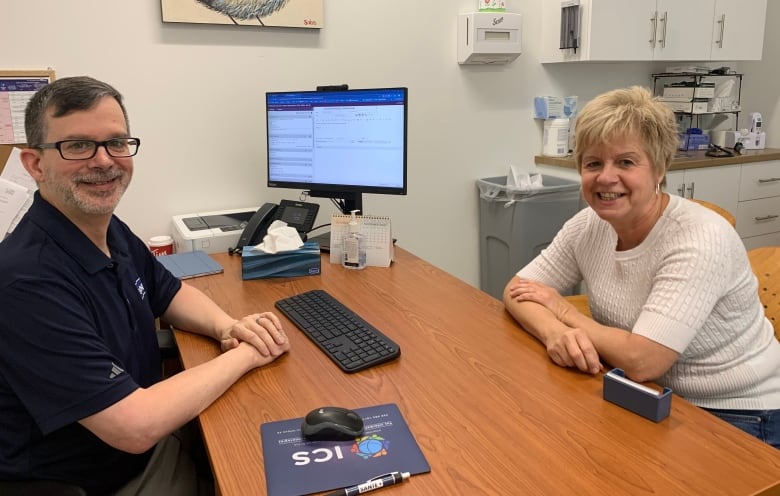
In 2022, the province established a system known as the GAP, which stands for Guichet d’accès à la première ligne, or Primary Care Access Point. If you need to see a doctor but don’t have one, the province finds you a one-off appointment, so — at least in theory — you don’t have to go to an emergency department.
But there are a couple of challenges with the system, Potter said. First, patients are only allowed to bring forward one health issue per visit, which poses a risk of misdiagnosis, he said, given that seemingly unrelated symptoms can be part of a bigger picture issue.
The second is the GAP system draws on the same pool of family doctors working in the public system. “So now they have to take time away from seeing their own clientele to see patients who don’t have family doctors,” said Potter. “But the pay scheme is very advantageous for the doctors, so they’re very willing to work at the GAP.”
In an email to CBC Radio, the office of Quebec’s minister of health said, in part, “the private sector — at no cost to patients — can be complementary to the public sector. However, we need to better regulate the growth of the private sector and that is what we are doing.”
Starting on Dec. 1, a new Crown Corporation called Santé Québec will take over operation and management of Quebec health care. It’s due to release a strategic plan in March 2025.
Santé Québec spokesperson Jean-Nicolas Aubé told CBC Radio its top priorities will include improving access to public health care, reducing steps for patients accessing care and addressing root causes of problems instead of applying “Band-Aid solutions.”
But Leblanc said she’s worried Santé Québec will only take the province further in the direction of “commercialization of health care,” especially given that a private health executive was appointed as CEO.
As for mom of two, Leveillé said she’s resigned herself to paying out of pocket for some of her family’s health-care needs.
“There’s nothing we can do about it. When our children are sick, it’s our No. 1 priority to help them.”
Produced by Jennifer Warren. With a file from CBC Montreal.


